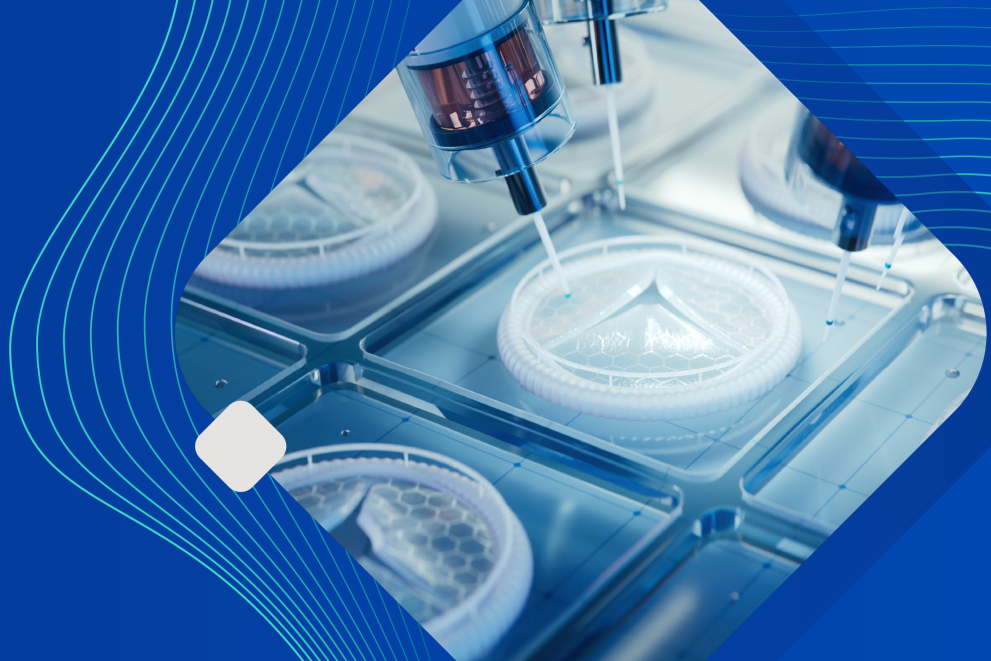STEP Stories

Discover 2 projects benefitting from STEP under national calls. More STEP funding is to be awarded to projects on the ground in EU countries. The other promoted projects received the STEP Seal, a label of excellence.
The seal is awarded by the Commission to projects selected under 5 of its highly competitive EU programmes, regardless of whether those outstanding projects have received partial, total or no funding. The first STEP Seal projects are available online, with more to be awarded
Funding opportunities for STEP under the Cohesion Policy programmes
Interested to know which regions have already unlocked funding opportunities for STEP under the Cohesion Policy programmes and will launch the calls for proposals in the near future?
Strategic projects under Net-Zero Industry Act and Critical Raw Materials Act
Strategic projects recognised under the Net-Zero Industry Act (NZIA) and the Critical Raw Materials Act (CRMA) can benefit from financial support via STEP, including cumulative funding through various EU programmes under certain conditions.
Strategic projects under the CRMA
List of Strategic projects under NZIA (Coming soon)
Biotech and biomanufacturing hub
From start-up to scaling up, a dedicated page on Your Europe platform provides tools and resources to help you succeed in the biotech and biomanufacturing sector:
- Check what you need to do to bring a biotech or biomanufacturing solution to market: Learn about the essential regulations and requirements to bring your biotech ideas to life.
- Find research infrastructures for your biotech or biomanufacturing R&D: Access cutting-edge facilities and data-sharing platforms to advance your research.
- Scale up your biotech or biomanufacturing business: Connect with networks, funding, market insights, pilot and testing facilities to grow your company.

